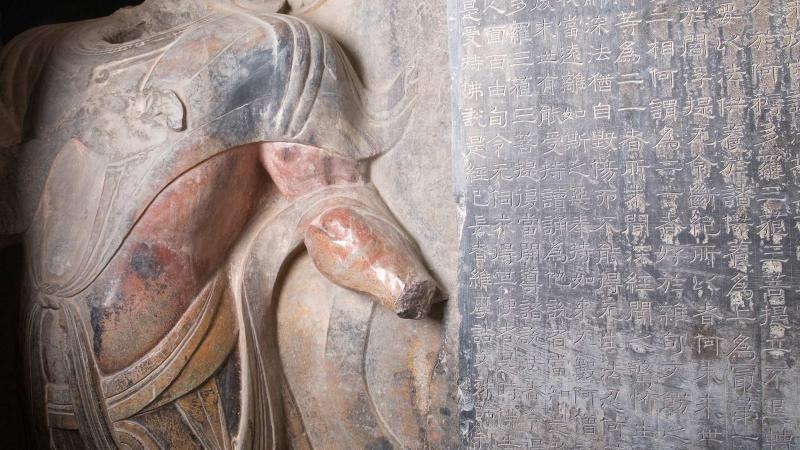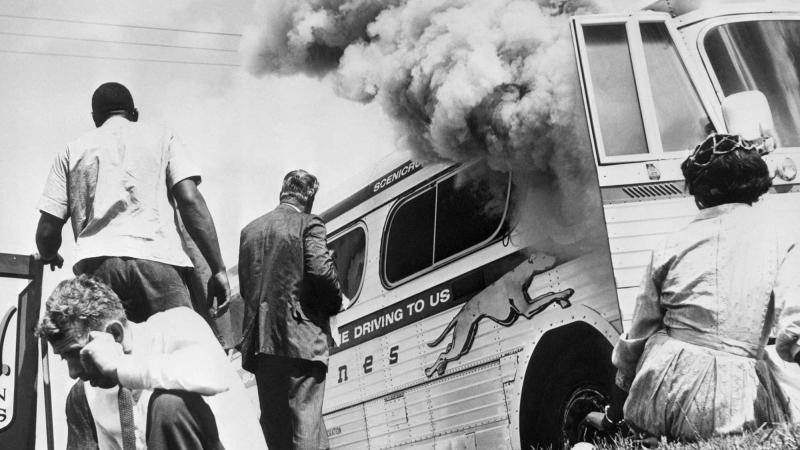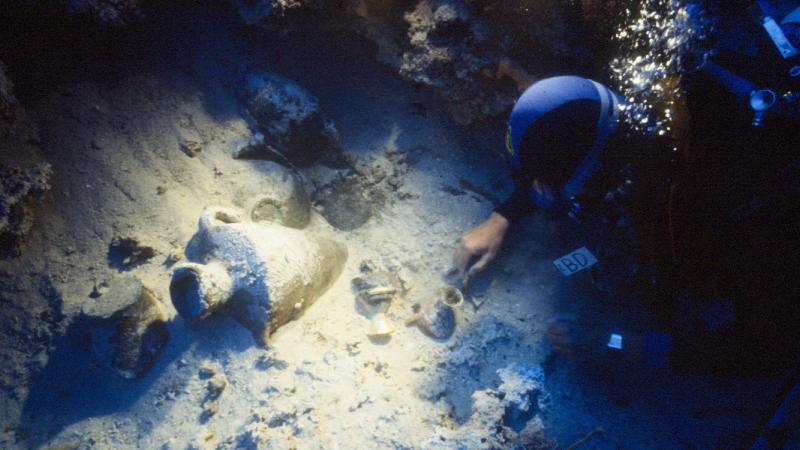At first glance, a middle-aged midwife in rural Maine doesn’t seem a likely heroine for a best-selling book or film. But that’s what Martha Moore Ballard became.
Historian Laurel Thatcher Ulrich’s groundbreaking micro-history of Ballard’s life and society in Revolutionary New England hit the bookstores in 1990. It won a Pulitzer Prize, a Bancroft Prize, the Joan Kelly Memorial Prize in Women’s History, and several more. A Midwife’s Tale was based on Ballard’s cryptic diary that she kept diligently for more than twenty-seven years between 1785 and 1812—9,965 days to be exact.
Ulrich encountered the diary accidently while doing research at the Maine State Library. Unlike previous historians who had disregarded the diary, she saw something extraordinary. “Curiously, a feminist history of midwifery published in the 1970s repeated the old dismissal: ‘Like many diaries of farm women, it is filled with trivia about domestic chores and pastimes,’” quoted Ulrich. “Yet it is in the very dailiness, the exhaustive, repetitious dailiness, that the real power of Martha Ballard’s book lies.” Ulrich received $2,500 from NEH in 1982, followed by an $18,500 NEH fellowship in 1983 to pursue her study of Ballard’s diary. Between her college teaching job and raising five children, it took Ulrich eight years to bring Ballard’s story to light.
According to her diary records, Ballard performed 816 deliveries in and around the growing frontier town of Hallowell, Maine, on the Kennebec River, which she often traversed by canoe in order to reach her patients. From the careful record Ballard kept of her family’s comings and goings, their visitors, their housekeeping, town events, her medical attendance and payments, Ulrich was able to piece together a complex, Revolution-era community—examining their sexual mores, marriage practices, political leanings, and underground economy. These were all previously ignored by historians.
With $1,185,208 in grants from NEH, filmmaker Laurie Kahn brought Ballard’s journal to life in a docudrama that aired on PBS’s American Experience in 1997. Also called A Midwife’s Tale, the film interwove Ballard’s adventures with the scholar’s detective work and narration. For readers just encountering Ballard’s journal, Ulrich advises, “Opening a diary for the first time is like walking into a room full of strangers. The reader is advised to enjoy the company without trying to remember every name.”
Written by Amy Lifson, assistant editor of Humanities.


